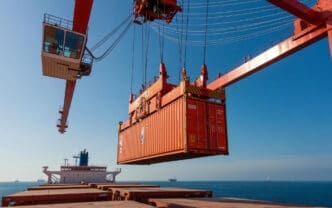Nestled 700 meters above sea level, Anogeia stands as one of Crete’s highest inhabited villages, where freezing temperatures are a frequent challenge. For the village’s 2,000 residents, many of whom depend on tourism and herding for their livelihoods, heating is essential. A decade ago, traditional fireplaces were the norm in most homes, leading to indoor smoke, air pollution, and deforestation in the surrounding mountains. Confronted with increasing energy demands, environmental concerns, and the ongoing effects of the Greek economic crisis, the local authorities sought sustainable and cost-effective energy solutions.
Anogeia participated in COMPOSE, a European initiative from 2016 to 2019, which aimed to support renewable energy projects across 11 Mediterranean regions. This program helped small and medium-sized municipalities tackle challenges such as limited staffing, funding shortages, and the technical expertise needed for developing and implementing sustainable energy plans. The initiative was largely funded by the European cohesion policy, which covered nearly 75 percent of its €2.5 million budget, with the primary goal of increasing renewable energy use and reducing CO2 emissions in the Mediterranean, a region experiencing warming at a rate 20 percent faster than the global average.
Nearby, the coastal city of Rethymno also engaged with the COMPOSE initiative to address sustainability issues driven by rapid urban growth. The city implemented a system for collecting used cooking oil, converting it into biofuel, and installed solar panels to power the city hall alongside charging stations for electric vehicles.
The legacy of the COMPOSE project endures through the COMPOSE toolbox, a web-based platform maintained by Stavroula and her students at the University of Crete’s Renewable and Sustainable Energy Systems Lab. This platform serves as both a data repository and a practical guide, offering municipalities and stakeholders a straightforward, step-by-step approach to adapting climate mitigation strategies to local contexts.






